Main Menu
Grandmaster Newbie: Can I Get My Groove Back?

Kelly Nicholas is a licensed massage therapist and outdoors enthusiast in Carson City, Nev. You can track her adventures in sourdough, gardening, and trail racing @bodytunechicknv.
Share This Article!
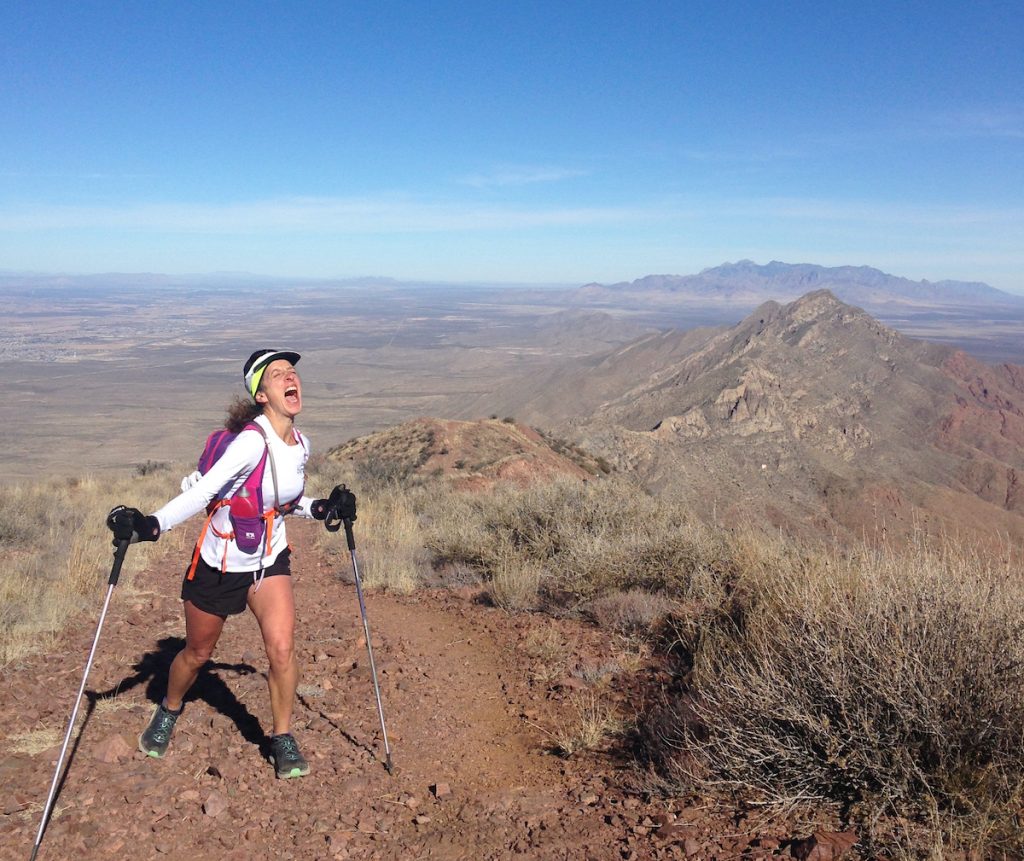
Distance running has been my source of self-confidence and strength since age 12. It’s something for which I’ve been recognized; it’s made me feel good within my body, and through quirks of fate running has afforded me many wonderful life experiences that I’ll always cherish. It’s also helped me be a much more pleasant person than perhaps otherwise (most of the time). As I entered my 50s, however, suiting up after a perfect storm of injuries and life stress was not the straightforward re-entry to running that I remembered.
It was hard, and the struggle wasn’t solely a dashed hope of instantly crushing it in a new age group. As a woman whose solution for clearing my head and working through problems was often – like for so many of us – literally heading to the hills, feeling slow and uncoordinated instead of smooth sucked not only physically but also psychologically. The resulting emotional and mental stress sometimes compounded the drained feeling I was starting to have post-run. And, because I hadn’t been in for a regular health checkup for a while, uncertainty loomed about whether tired was simply tired; was a natural reaction to job and financial insecurity, interstate relocations, and moving to a higher altitude; was symptoms of perimenopause; or something more serious. Throw in fretting about how this extremely sexy combo was affecting my partner and wham: Nasty Cycle.
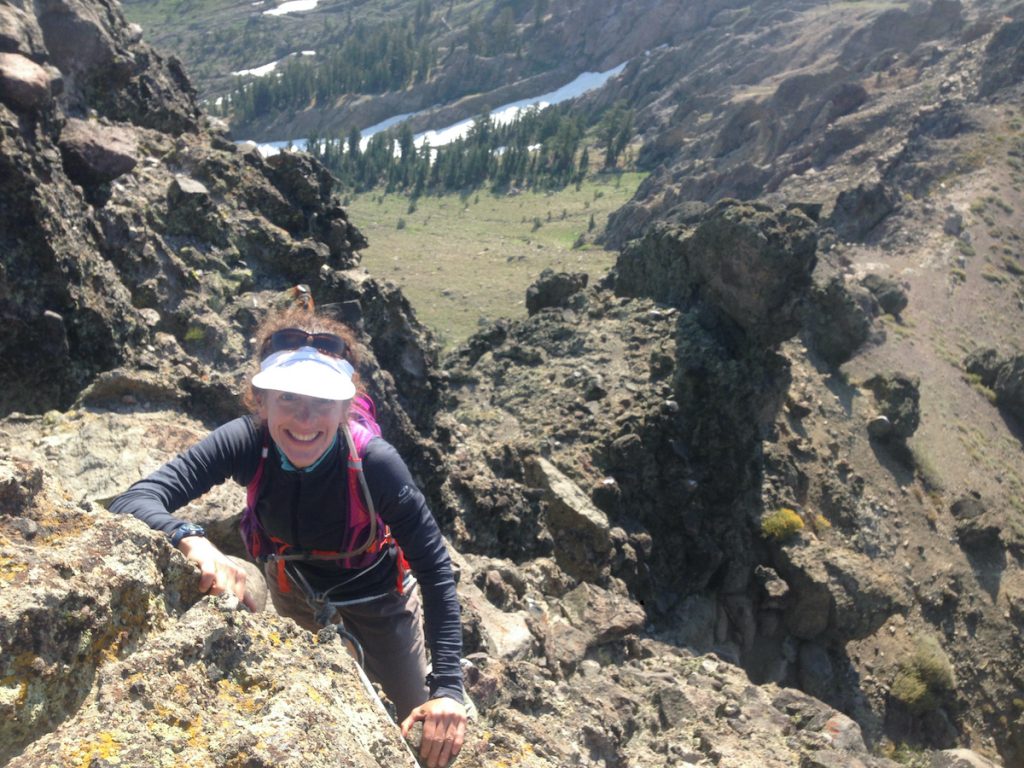
So, being the bright bulb that I am, I registered for the Tahoe Rim Trail 50 Mile lottery last December. And got in. This has forced me to approach the activity I’ve loved for so long with a fresh eye and more careful planning. A recent National Public Radio story about women’s mental health at key life stages lists monitoring your health and taking steps toward your self-care as ways to cope with symptoms associated with perimenopause and menopause. Even though I’m not entirely sure this is what I’m experiencing, in terms of running this is a win-win!
I started out by assessing what I can take care of on my own apart from the running itself without seeing a doctor. As it turns out, there’s been a lot, and it’s been manageable.
ATTITUDE
Taking stock of my assets large and small, and addressing what is in my scope to change has been extremely helpful in reducing mental noise and thus empowering. Although I sometimes cringe at the term “mindfulness,” having a daily task list item that includes a 10-minute session of breathing exercises provides multiple benefits. Deep breathing helps slow the heartbeat and lower blood pressure. Practicing different types of breathing exercises can also tone your diaphragm and intercostal muscles, allowing you to take in more oxygen with each breath, which in turn can stave off muscular fatigue during endurance events. So far, sessions have left me feeling refreshed and focused (and I get the zing from crossing off a list item).
SHOES
Both my trail shoes and road shoes were in tatters; it didn’t feel good to put them on, much less knock out an easy five or six, and they were a probable factor in nagging plantar fasciitis and Achilles pain. So, after several afternoon recon and fitting trips to the discount gear shop, I found one pair of each that have been working for me and that should last long enough for me to save up for two more complementary pairs. Historically for me there hasn’t been a correct model or millimeter drop. My very scientific rubric, in addition to the standards (leave enough toe room, no rubbing seams, and no weird instep pressure points), is: Does it feel like a foot massage when I put it on and then does it still feel like that when I walk around the store? We will revisit happy feet at a later date.
EATING RIGHT
Michael Pollan puts it pretty well: “Eat food, not too much, mostly plants.” In addition to this dictum, I’ve been moderating my caffeine and alcohol consumption, try to drink at least six pint-glasses of water or herbal tea per day, and have started taking iron and B12 supplements alternatively with a multivitamin a couple times a week to ensure adequate nutrient absorption. Tara Allmen, M.D. provides a good food guideline in 2016’s “Menopause Confidential” that includes lots of vegetables and fruit, non- or low-fat dairy, whole grains, lean protein (as well as legumes, nuts, seeds and soy), and a small amount of plant-based oils. While I recognize there are lots of specialized diets out there that work quite well for some high-level athletes, for right now my main nutritional objective is to get enough energy to do the work I need as well as enough protein to rebuild tissue. And to allow room for the occasional cookie. Or two.
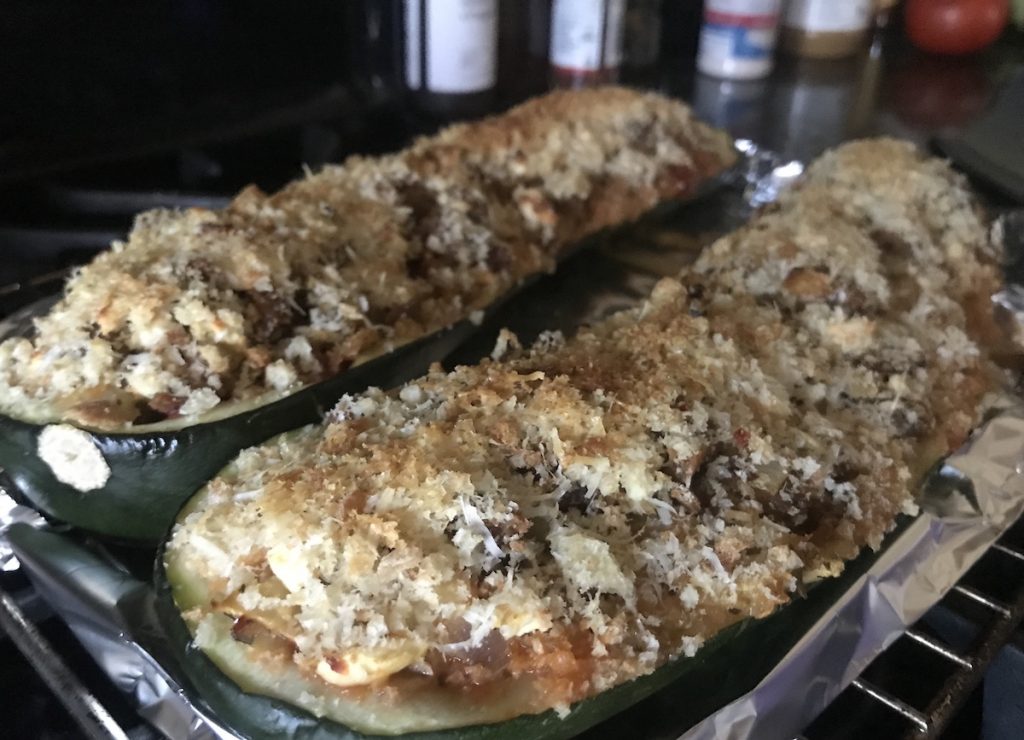
STRENGTH AND MOBILITY WORK
As we age and go through life and body changes such as pregnancy, childbirth, a lifetime of standing on our feet or sitting at an office chair, ligaments get stretched out and our muscles atrophy. To help maintain biomechanical structure and overall strength, as well as future protection from falls, weight resistance training is no longer optional. The Center for Disease Control provides a general direction for how much exercise older adults should aim for each week and the activities that count as muscle-strengthening. For more advanced runners, Jay Dicharry’s “Running Rewired” lays out a good program for running-specific strength exercises and how to reboot.
CONSISTENCY AND RECOVERY
As we age, not only does our muscle mass shrink but the muscles themselves become less pliable. To mitigate this, in addition to the strategies above, my re-entry plan increases mileage and intensity very incrementally, and the two or three rest days per week are rest days. I’m learning how to rock climb and cross-country ski (not at the same time), and if there is a day where I’ve done one of those activities and I’m completely fried, that doesn’t count as rest, even though no running was involved. Runs, even easy runs, begin with a warm-up and end with a cooldown. I’m trying to think like a tortoise, not a hare.
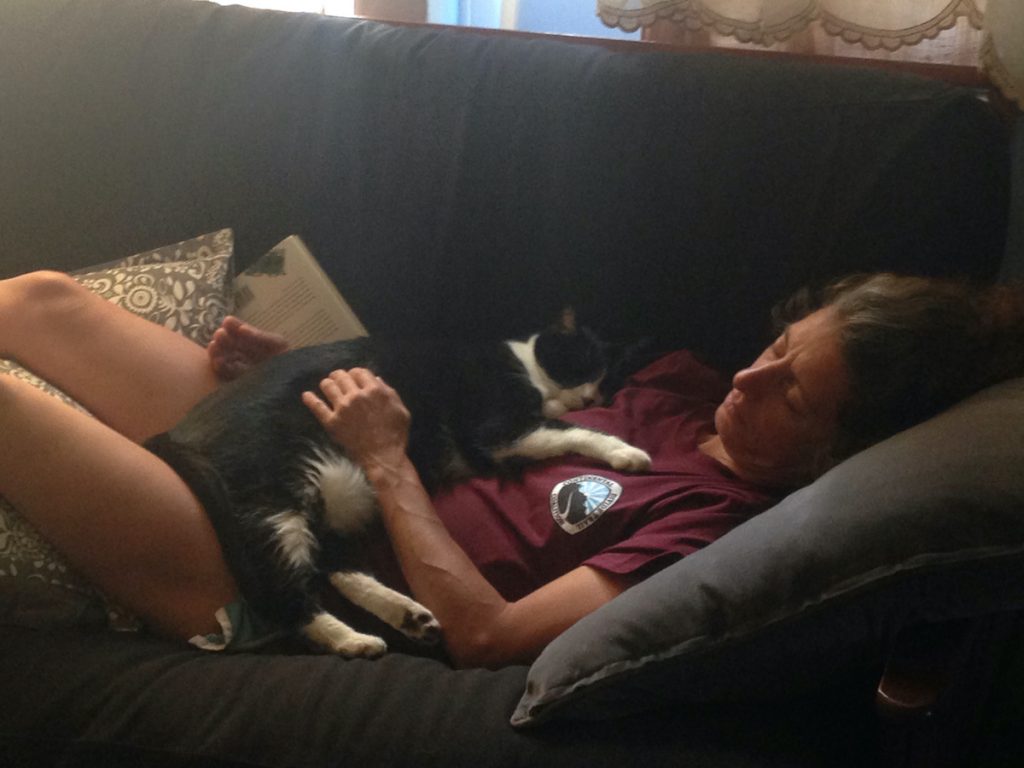
COLLECTING DATA
I’ve never been one to keep a training log, but now it seems everything rates a note: my menstrual cycles, my food intake, running locations, distances and/or times, and shoes. It seems a little like overkill, but this will provide a foundation and rationale for training and eating adjustments as my mileage and intensity increase. It will also be handy to have extensive documentation for the doctor’s visit that will be coming sooner rather than later. Please note these steps aren’t a replacement for trained medical care, but rather a method to optimize my running health and overall health in the meantime.
As for the running itself, since I started in January, I’ve worked toward 20 miles per week split between road and trail, and those miles have been pain-free. It’s a little frustrating to now have to take extra effort in “side work,” but my hope is that it will lead to both extended running longevity and better results. I’m so fortunate to live in a place with an abundance of beautiful trails and ready access to uninterrupted, rugged terrain that it would be a shame not to be able to get out in it. As I continue to settle into my new town, I look forward to the opportunities to see wildlife, to breathe clean air, and to get caught up in the moment for many months to come.
Feature Photo: Bret Sarnquist
About the Author

Kelly Nicholas is a licensed massage therapist and outdoors enthusiast in Carson City, Nev. You can track her adventures in sourdough, gardening, and trail racing @bodytunechicknv.
Share This Article!

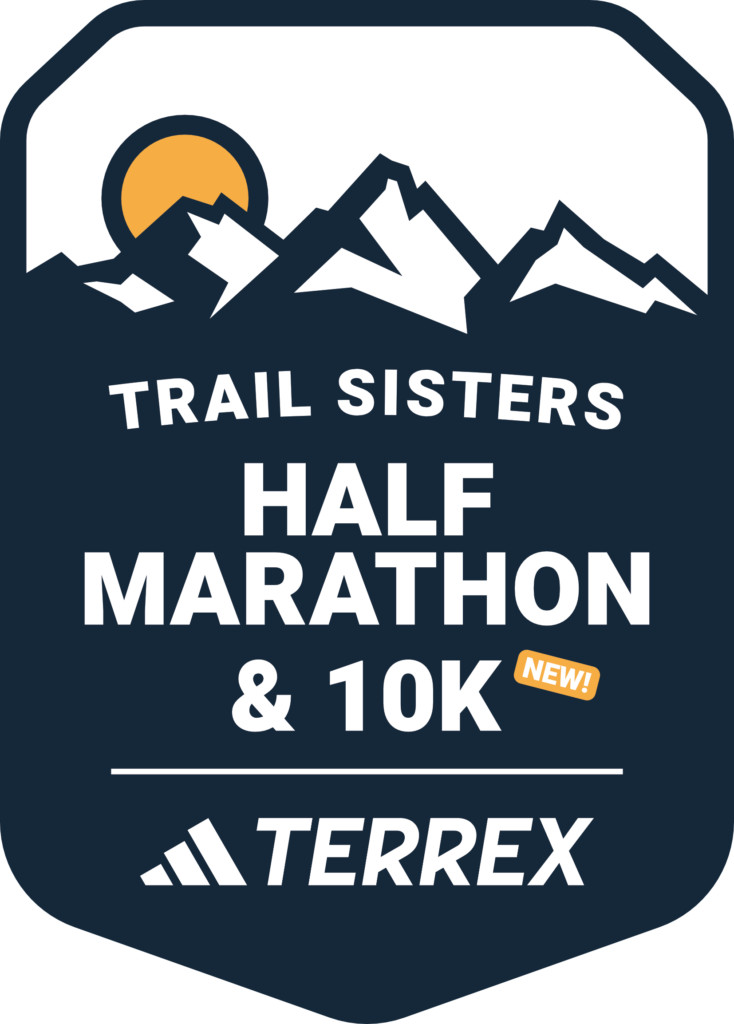
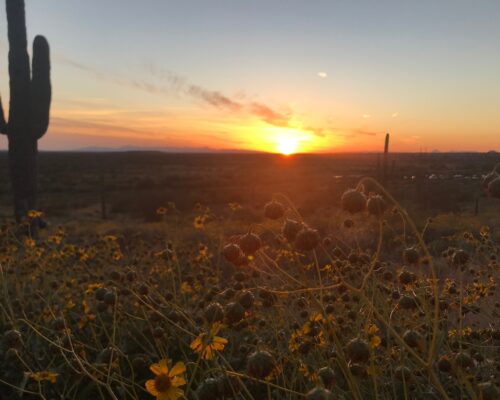
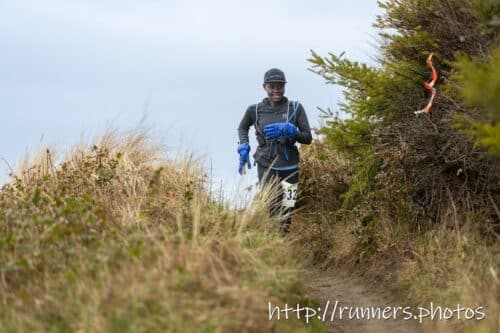

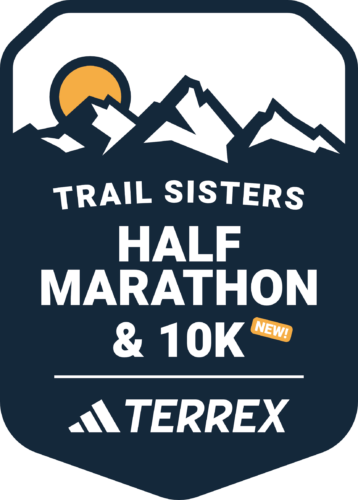
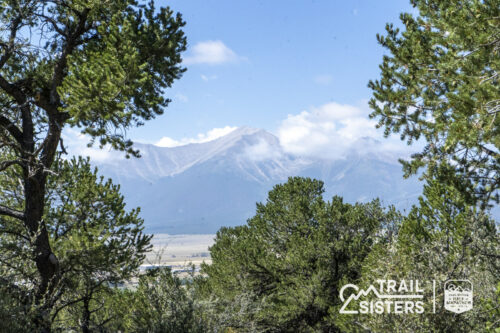
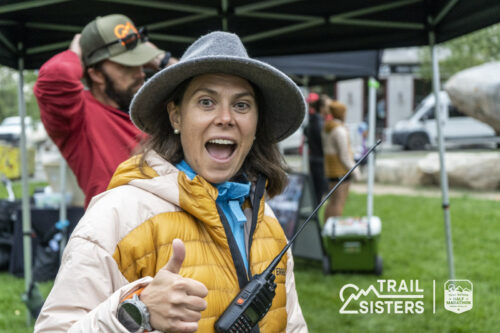
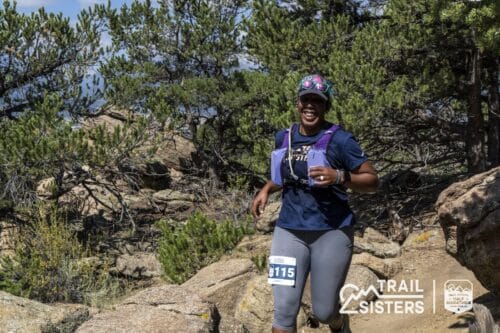
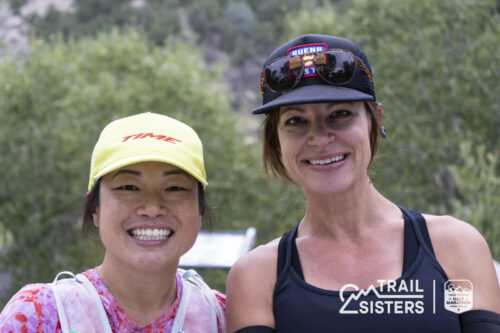
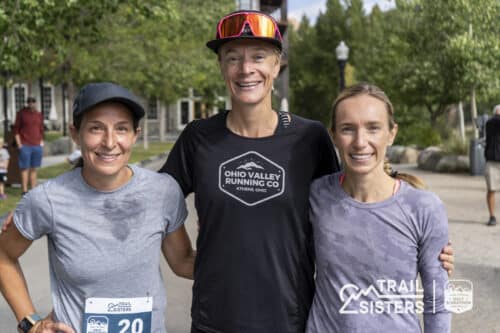
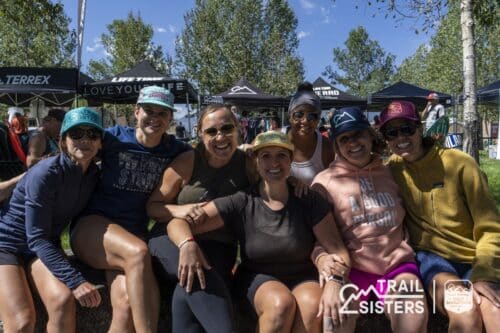
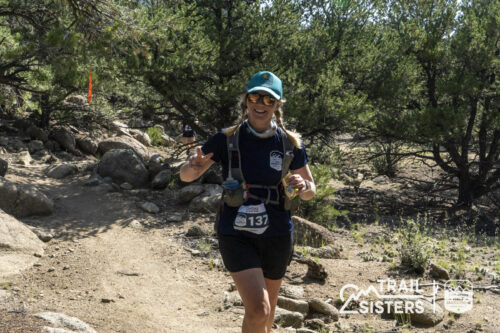
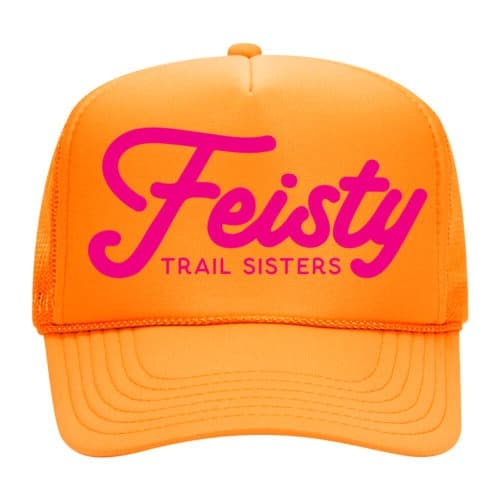
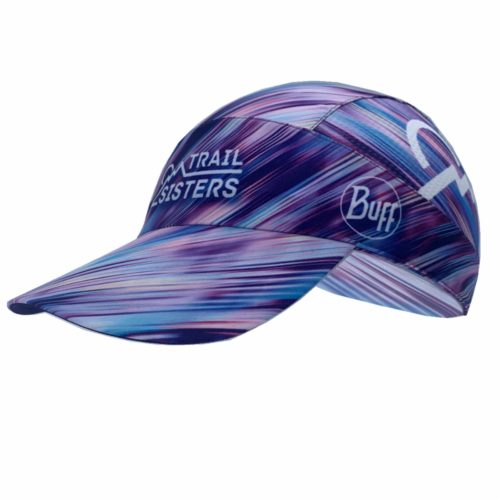
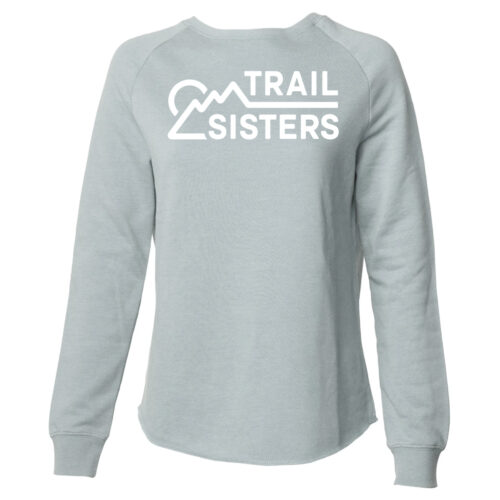
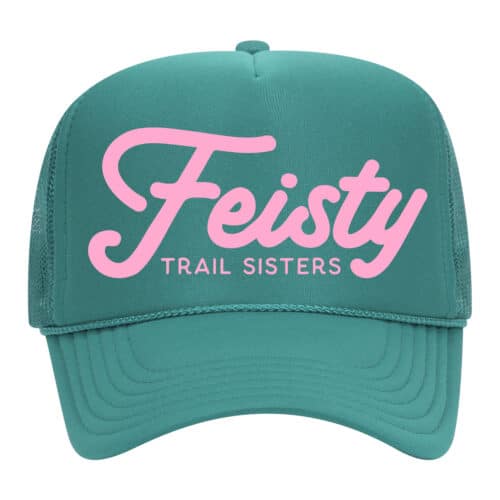
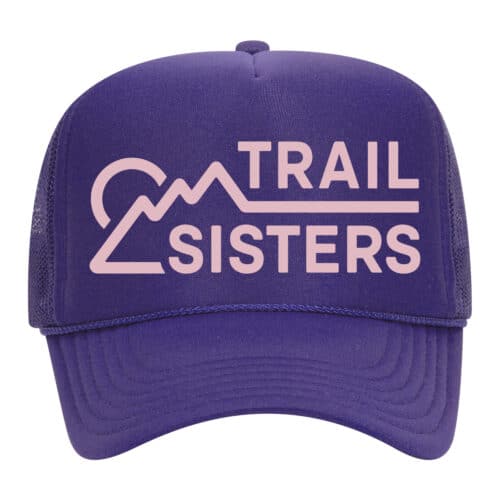
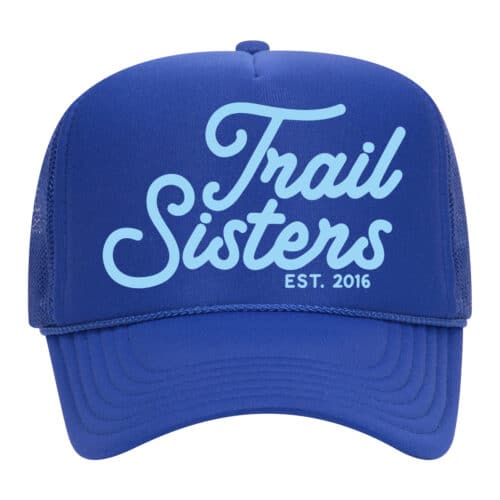

2 Responses
Good read on how you are studying yourself to best develop / maintain your changing balance & health needs as a woman and high-mileage trail runner now in Perimenopause / menopause. Looking forward to reading more.
Thanks so much for this! It’s so hard to find quality articles about women runners > 50.